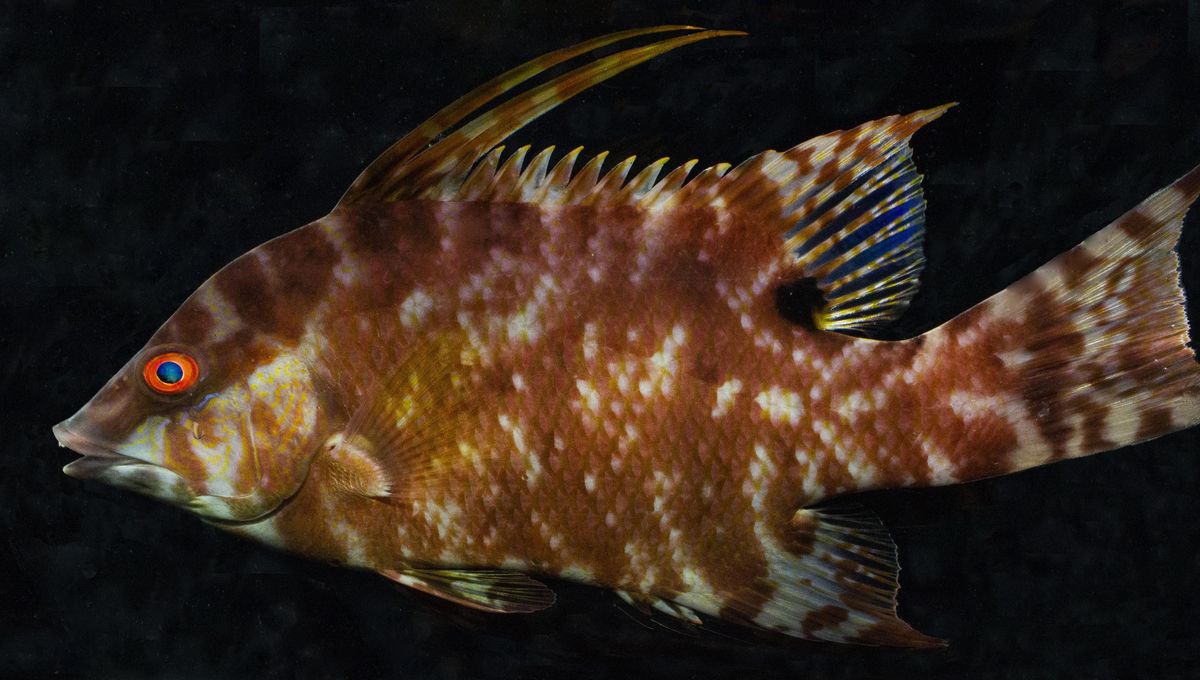Prepare to be amazed by the incredible abilities of the hogfish in the Florida Keys. When biologist Lori Schweikert encountered one on her fishing rod, little did she know that it would lead to groundbreaking research. As she retrieved the fish from the boat deck, she noticed something extraordinary – it had changed color and pattern to blend in with the floor. Schweikert was determined to uncover the secrets behind this remarkable camouflage, especially since the fish had lost its sight.

Like many other color-changing creatures, hogfish possess specialized pigment-containing cells called chromatophores in their skin. These cells can alter the skin’s color by moving the pigment granules closer together or further apart. In most animals, this process is triggered visually – the eyes detect a predator, sending signals to the brain, which then communicates with the chromatophores. However, the mystery remained: how did hogfish initiate this process without the involvement of their eyes and brain?
Using advanced microscopy techniques, Schweikert and her team delved into the fish’s skin. Beneath the chromatophore layer, they made an astonishing discovery – another layer consisting of cells packed with a light-detecting protein called opsin. These layers work together in a remarkable feedback loop, allowing the hogfish to refine its coloration unconsciously.

The opsin proteins detect changes in the light that penetrates through the pigment granules, providing the hogfish with a live feed of the external environment. “The animals can literally take a photo of their own skin from the inside,” explained Sönke Johnsen, a member of the research team, in a statement. “In a way, they can tell the animal what its skin looks like since it can’t really bend over to look.”
Although the exact mechanism is still unclear, the opsins transmit this information to the chromatophores above, triggering pigment movement and resulting in a mesmerizing color change in the hogfish’s skin.
This research not only provides an answer to why a biologist’s seafood dinner changed color but also holds implications beyond the natural world. The researchers involved hope that these findings can contribute to the improvement of technologies that rely on sensory feedback loops.
The study has been published in the journal Nature Communications.








